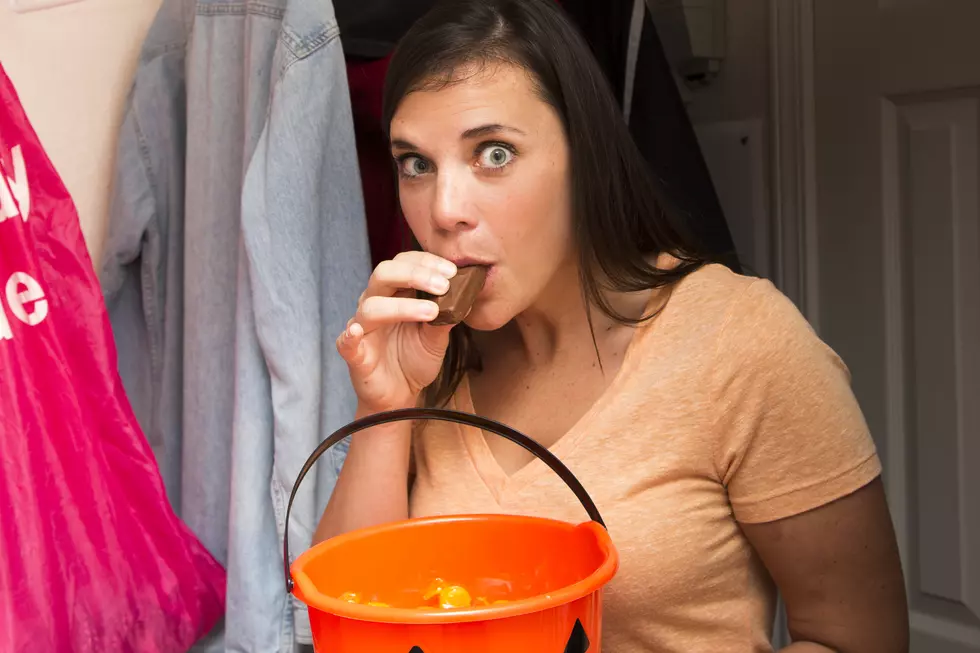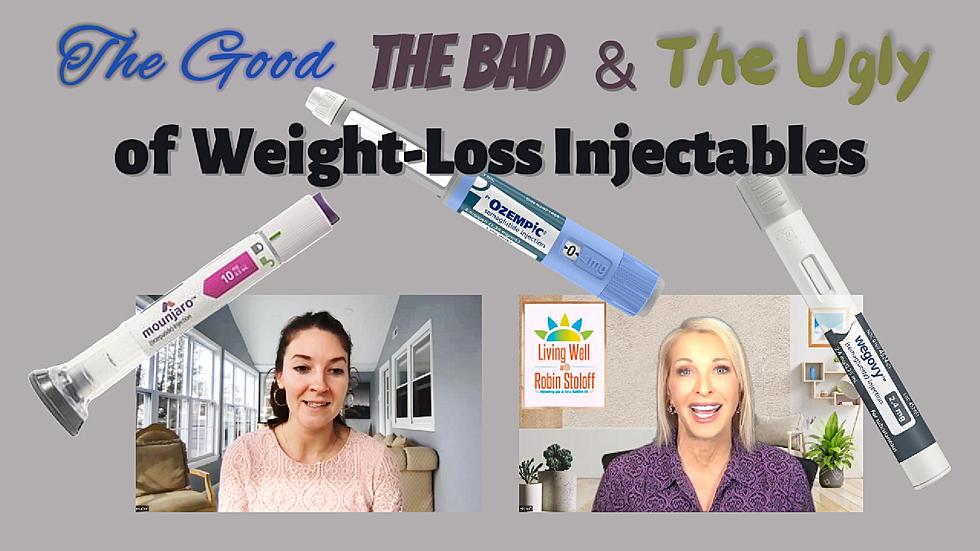
It’s Dental Hygiene Month: The Best and Worst Candy For Our Teeth
More Health Tips
We all know what’s coming, ghosts, witches, goblins, and well, cavities. October is the month when children and even adults, you know who you are, go overboard on chocolate, sticky treats, and gummy sweets. That makes it the perfect time to observe National Dental Health Month.
So what are some of the best and worst choices for our little boys and ghouls? Here’s the lowdown from the American Dental Association. Believe it or not, one of our best bets is chocolate since it washes off teeth easier than other types of candy. Also, the ADA says - be picky if it’s sticky. Sticky, gummy, or taffy-like candies are some of the worst sweets for our teeth. This type of candy stays on our teeth longer, which means more cavity-causing bacteria. Same with hard candies and lollipops. Sort through the kids' candy carefully, allow them a few of their favorites, and toss the rest or give it away. Who needs five pounds of candy in the house?
We need to be a good example of dental hygiene habits for our kids. Many people believe they are taking care of their teeth by simply brushing, but the statistics don't lie. The CDC's most recent research shows that 43 % of adults have some form of periodontal disease. Nobody wants yellow teeth, bad breath, or other nasty oral maladies, but are we really doing all we can to protect our teeth?
According to the Mayo Clinic, people should brush twice a day, and avoid rushin' while brushin'! For both kids and adults, be sure to floss every day and brush for at least two minutes to get all the nooks and crannies. Remember - no rushing while brushing! It's also an absolute MUST to clean your tongue. The tongue harbors a lot of bacteria, so make sure to use a toothbrush or scraper to get this area as well.
There is also a specific technique we should use while brushing to make sure we get to every nook and cranny of our pearly whites. We should hold our toothbrushes at an angle and aim the bristles where the gum line meets the tooth since this is where most plaque tends to build up. Gently brush, using fluoride toothpaste, with circular short back-and-forth motions. Brushing with too much pressure can damage the gums.
We should take care to make sure our oral care tools are properly cleaned as well. Always rinse toothbrushes with water after brushing. They should be stored upright, covered, and away from other brushes to avoid contamination and the growth of bacteria. Make sure you replace your toothbrush or brush head every three months.
And yes, we should all be flossing (yes your dentist can tell if you're lying). We can't reach the bacteria in the tight spaces between our teeth and under the gum line with a toothbrush. Break off about 18 inches of floss and guide it between the teeth using a rubbing motion. Don't snap the floss into the gums, either. When the floss reaches the gum line, curve it against one tooth, making a c shape.
By following these guidelines, we can be sure we are doing all we can to achieve stellar dental health. Of course, it is still essential to visit the dentist at least once a year. Some oral issues, such as cavities, cannot be solved with a toothbrush and floss. It is best to see a professional regularly to catch any possible problems as early as possible. It all starts with smart choices. As your kids sort through their Halloween loot, keep in mind that the sugar in those treats can play some unwanted tricks on their teeth.
More From Lite 96.9 WFPG









